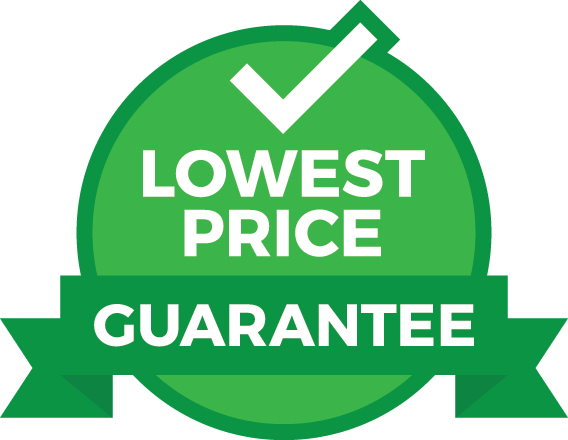
Understanding Acne Treatments and Symptoms
When beginning to discuss an effective acne treatment, it’s helpful to begin with a discussion of sebaceous glands and sebum. Healthy skin has healthy sebaceous glands, and healthy sebaceous glands produce sebum. And even though it’s excess sebum production that leads to acne, you wouldn’t have it any other way. That’s because sebum serves to lubricate the skin and keep it looking healthy and functioning the same way. It’s only when the glands overproduce sebum that we have the first part of our answer to what causes acne.
It’s well known that acne is most widespread among young people during their puberty years, and it’s because of hormonal changes in the body that the sebaceous glands in the skin overproduce sebum. The overabundance of it means that instead of spreading out evenly over the skin, it builds up too much in some areas and clogs pores or follicles. That clogging is the second part of understanding what causes acne. The next question then becomes how to get rid of acne.
There are a number of effective acne treatments, and the one that will work best for you will depend on the types of acne you have. We’ll discuss them here, and expand on the types of acne as well to include acne rosacea.
The Different Types of Acne
It’s important to understand that having a few pimples doesn’t mean you have acne. Acne is a condition where you have a large quantity of them with chronic frequency and your facial skin is red and inflamed as a result of the skin blemishes on it. In fact, those of you who have a few pimples should be thankful you don’t have the proliferation of them that actual acne sufferers do!
The consensus among dermatologists is that there are 6 different types of acne. They are:
Non-Inflammatory Acne
- Blackheads – resulting from clogged follicles and appear as raised, dark bumps on skin
- Whiteheads – resulting from clogged follicles and appear as raised, white bumps or spots on skin
Inflammatory Acne
- Papules – inflamed skin lesions that will be redder when more severe. Sensitive and painful
- Pustules – inflamed lesions like papules, but these ones are filled with pus. White or yellow in colour
- Nodules – severe acne lesions that develop under the skin and are hard to the touch
- Cysts – another type of sever acne lesions that are very inflamed and filled with pus.
Acne Rosacea
Acne Rosacea is a very different type of facial skin condition, so it gets its own section here. The similarity between it and certain types of acne (inflammatory ones) is that it’s a result of inflammation of the facial skin. The reason it’s categorized as a type of acne is because it can include tiny red pimples that are usually seen alongside fine red vascular lines (telangiectasias, or ‘spider’ veins as they are more commonly referred to) on the skin.
Acne rosacea affects Caucasian and other fair-skinned people most frequently, and the most fundamental difference between it and standard acne is this; while standard acne is usually a temporary affliction for people, acne rosacea is considered to be a permanent and incurable condition. The good news is that it tends to ‘come and go’ with its intensity
The right treatment will depend on the type(s) of acne you have, but perhaps the first thing to understand is that it will also depend on whether you are suffering from inflammatory acne or non-inflammatory acne.
Finding an Effective Non-Inflammatory Acne Treatment
For non-inflammatory types of acne, the best treatment involves using a cleansing cream, gel, or facial wash that contains benzoyl peroxide and then using a topical application like Clearasil Daily Clear Vanishing Acne Treatment Cream. Benzoyl peroxide breaks down the concentrations of sebum clogging pores, and the topical applications like the one mentioned above will also contain benzoyl peroxide to work more long-term over the course of a day to continue unclogging pores.
Your physician will most likely suggest a pharmaceutical course of action to reduce your acne. You can expect the medication or prescription medicated product to contain one or more of the following ingredients:
- Tretinoin or isotretinoin
- Benzoyl peroxide
- Salicylic acid
- Antibiotics like clindamycin, erythromycin, oxytetracycline, or doxycycline
Laser treatments are a new technological approach to treating acne, and it’s been reported to be particularly helpful for individuals with cystic acne. If this is something that interests you then your physician should be able to provide you with more information.
The last consideration for you here as far as effective acne treatments are concerned is that regularly eating greasy, high-fat foods and/or candy can make acne worse. Eating them in moderation is okay, but if you have acne it’s best to cut back on them if you can


